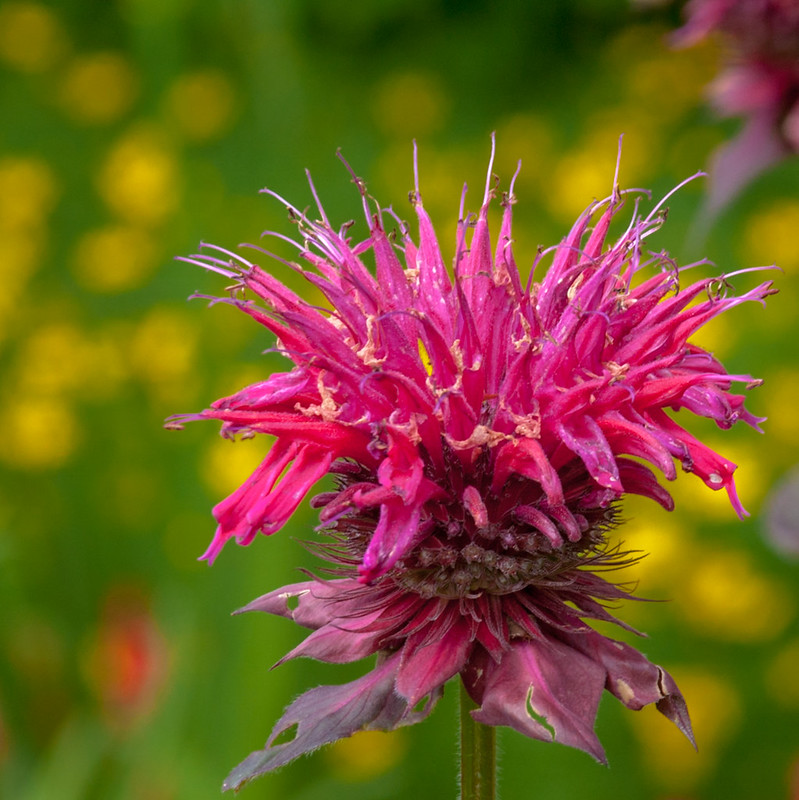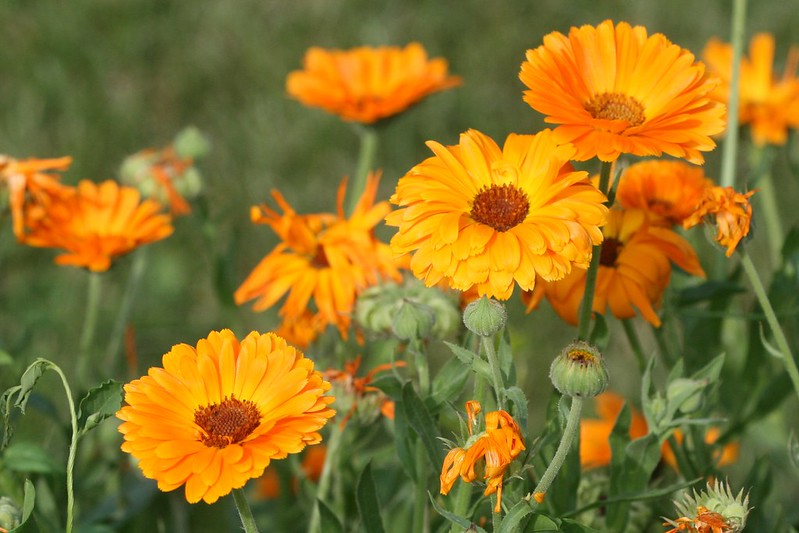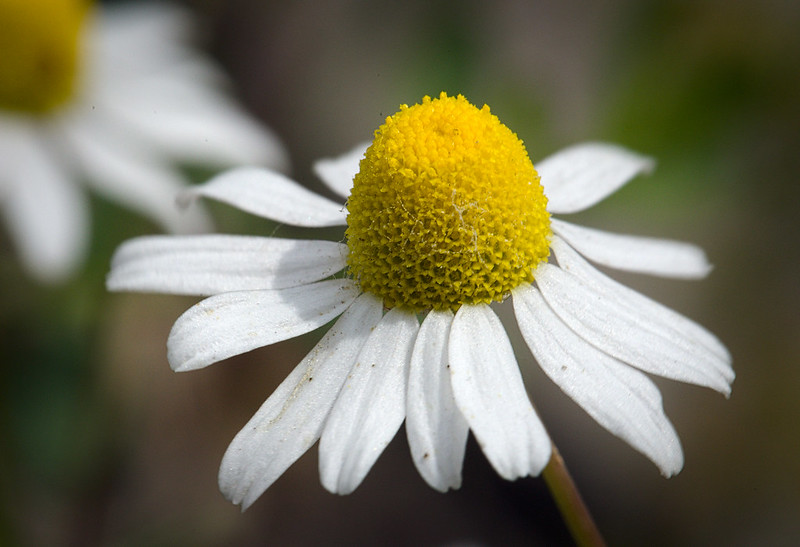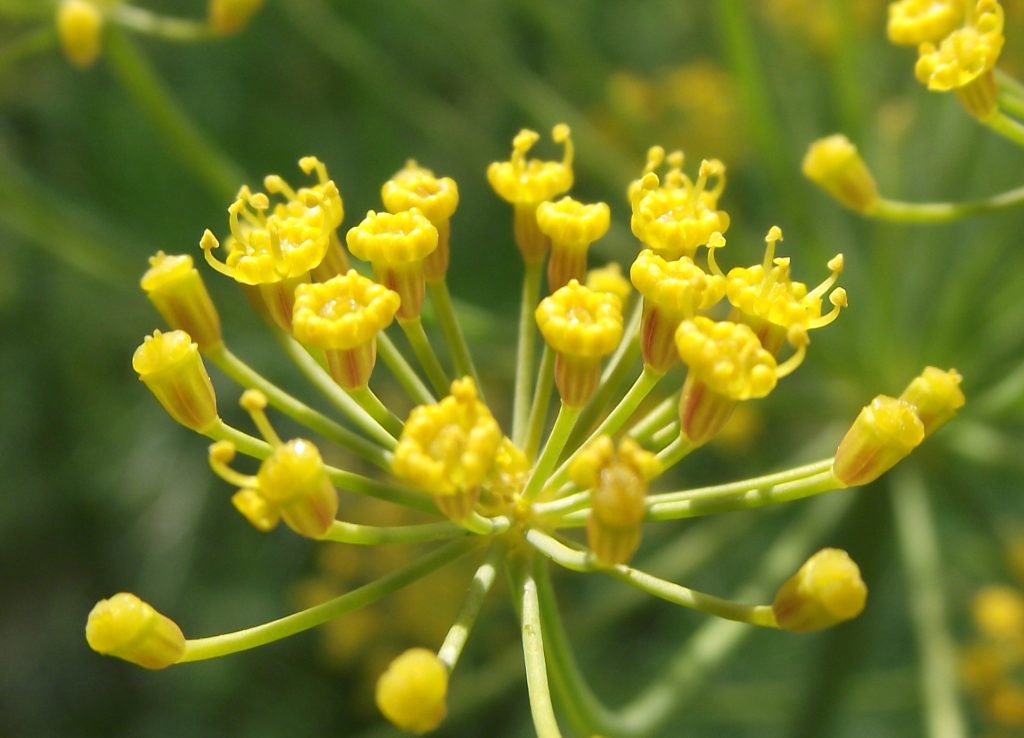
Medicinal herbs offer a natural, holistic alternative to modern pharmaceuticals, drawing on centuries of global tradition. These plants, from common chamomile to exotic ginseng, provide unique healing compounds that alleviate symptoms and boost overall health. As interest in natural remedies grows, understanding and using medicinal herbs becomes increasingly valuable. Discover the rich history and diverse benefits of these plants, and learn how to integrate them into your daily life for improved wellness. Dive into the world of medicinal herbs and embrace nature’s healing power.
Bee Balm

Bee Balm, also known as Bergamot or Monarda, is a medicinal herb with potent anti-viral, anti-bacterial, and anti-fungal properties. Historically used by Native Americans, it treats fevers, congestion, coughs, infections, and sore throats. It also soothes stomach cramps and enhances garden aesthetics with its vibrant blooms. This versatile plant is a valuable addition to any medicinal herb garden.
Calendula

Also known as pot marigold, is a versatile medicinal herb renowned for its vibrant flowers and healing properties. It attracts beneficial pollinators and can be used to make healing oils or teas. This herb effectively treats minor burns, skin irritations, diaper rash, and superficial wounds with its antifungal and anti-inflammatory qualities. Easy to grow, calendula is a valuable addition to any medicinal herb garden, blending beauty with practical benefits.
Chamomile

A medicinal herb known for its relaxing and sleep-inducing properties, is often enjoyed in tea. It also aids in healing wounds, reducing swelling and inflammation, and treating digestive issues like stomach upset and gas pain. Additionally, chamomile can help with conjunctivitis and fever reduction. This easy-to-grow herb offers numerous health benefits, making it a valuable addition to any garden.
Dill

Dill, renowned for its culinary allure in dishes like dill pickles, also holds medicinal value. It effectively treats upset stomach, bloating, and menstrual cramps, boasting high levels of vitamins A and C, along with calcium and iron. This herb’s dual role in cuisine and healing makes it a must-have in any garden. Growing dill is straightforward, requiring well-drained soil and ample sunlight, ensuring a fresh and potent supply for herbal remedies and culinary delights alike.
Catnip

Celebrated for its appeal to cats, also offers humans therapeutic benefits. Rich in nepetalactone and thymol, it acts as a natural stress reliever and sleep aid when its aroma is inhaled. Additionally, catnip can soothe skin irritations, enhancing its medicinal versatility. To harness its effects, brewing catnip leaves into a soothing tea or burning dried leaves for aroma therapy are recommended methods. Incorporate catnip into your wellness routine for its calming and healing properties.
Cayenne Pepper

Cayenne pepper, known for its spicy kick, is also prized as a potent medicinal herb due to its high capsaicin content. Capsaicin boosts metabolism, improves blood circulation, aids digestion, and detoxifies the body. Whether added to dishes or consumed directly, cayenne pepper offers versatile health benefits that support overall wellness and vitality. Embracing cayenne pepper in your diet not only adds flavor but also enhances your body’s natural detoxification processes, making it a valuable addition to a healthy lifestyle.
Echinacea
Commonly known as coneflower, stands out as a powerful medicinal herb celebrated for its immune-boosting properties beyond treating colds. Thriving in full sun and reaching up to two feet tall, this purple perennial blooms beautifully in its second year. Ideal for herbal teas or tinctures, Echinacea’s versatility and vibrant presence make it a staple in natural health remedies and garden landscapes alike, attracting both pollinators and admirers of its therapeutic benefits.





















